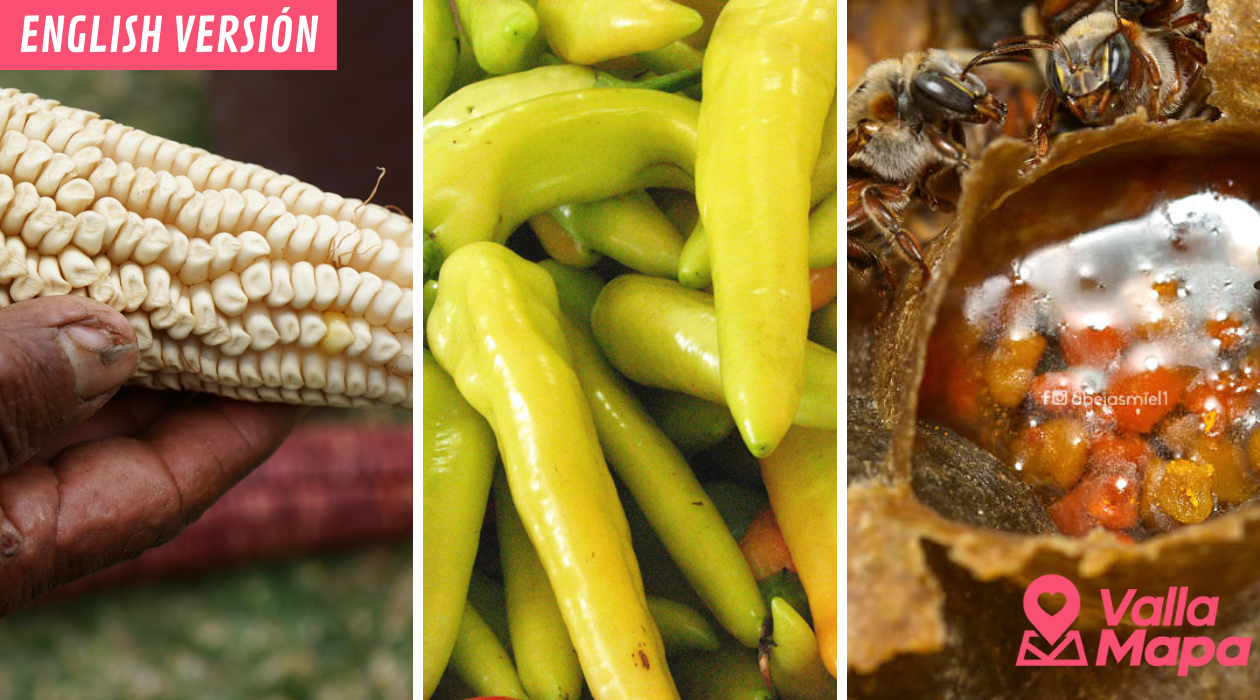Routes of Ancestral Flavors: The Maya Ingredients Still Alive in Valladolid and Its Surroundings

Routes of Ancestral Flavors: The Maya Ingredients Still Alive in Valladolid and Its Surroundings
Valladolid, the heart of eastern Yucatán, is not only a place of cenotes and colonial facades; it is also a living land of gastronomic traditions that have withstood the test of time. Yucatecan cuisine is a fusion of history, culture, and resilience—and within every dish lie ingredients born from ancient Maya wisdom.
Today, I invite you to explore a different path: that of ancestral flavors—the ingredients the Maya domesticated, cherished, and that are still present in our kitchens and markets. This is a sensory, cultural, and deeply identity-rooted experience.
🌽 1. Native Corn: The Soul of the Milpa
Corn is not just food: it is life, history, and spirituality. In communities around Valladolid, such as Xocén or Tekom, native corn is still grown in traditional milpas.
Where to find it today?
-
In handmade tortillas sold at local markets.
-
In traditional snacks like salbutes and panuchos.
-
In tamales like vaporcitos or brazo de reina, a ceremonial dish.
💡 Tip: Visit Valladolid’s municipal market in the morning and ask for tortillas "handmade with fresh corn."
🌶️ 2. Xcatik and Habanero Peppers: Flavorful Fire
The Maya cultivated various chili varieties, each with a unique purpose. Xcatik, mild and aromatic, is the base of the famous relleno blanco. The habanero, much spicier, is practically a staple on every Yucatecan table.
Where to try them:
-
In relleno negro or but, with its deep smoky flavor.
-
In fresh salsas made with a molcajete.
🍴 Recommended Restaurant: Conato 1910 in Valladolid, where tradition meets gourmet flair.
🍯 3. Melipona Honey: The Maya’s Liquid Gold
Produced by the stingless Melipona beecheii, this medicinal honey was sacred to the Maya. It is still cultivated in communities like Yalcobá or Ek Balam.
Traditional uses:
-
For eye and digestive treatments.
-
In spiritual rituals.
-
To sweeten drinks like balché (an ancestral fermented beverage).
🎒 You can visit community meliponaries and buy honey directly from the producer.
🍃 4. Achiote: The Flavor Pigment
More than just a coloring agent, achiote has medicinal properties and a uniquely earthy flavor. It’s essential for preparing recado rojo, the base of cochinita pibil and other stews.
Where to buy artisanal achiote:
At the municipal market or in specialty stores like La Yerbería.
Look for the paste form rather than powder—it's usually purer.
🥬 5. Chaya: The Maya Spinach
Rich in iron, protein, and antioxidants, chaya is a highly nutritious plant that has nourished generations. It's used cooked in stews, soups, or drinks.
Try this:
-
Chaya water with lime and pineapple (refreshing and healthy).
-
Chaya and cheese empanadas.
📍 Local Restaurant: IX CAT IK — focused on traditional Maya cuisine.
🗺️ Suggested Mini Culinary Route
Day 1: Valladolid Center
-
Breakfast: Panuchos and chaya water at La Casona.
-
Market Visit: Explore the municipal market for corn, achiote, and chilies.
-
Lunch: Cochinita or relleno negro at El Atrio del Mayab.
Day 2: Nearby Communities
-
Temozón: Smoked meats and artisanal recados.
-
Yalcobá: Visit a meliponary and buy Melipona honey.
-
Uayma: Cultural stop + traditional local bakery.
🌿 Closing the Cycle: From the Field to Your Table
Talking about these ingredients is a tribute to traditional cooks, to the grandmothers who still grind on metates, and to the farmers who refuse to let their seeds die. Every time you choose to eat local and ask about the origin of your flavors, you become an active part of this Maya heritage.
Comments
Post a Comment